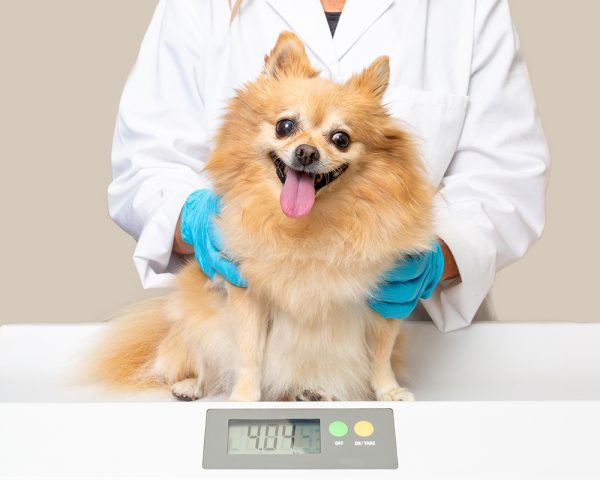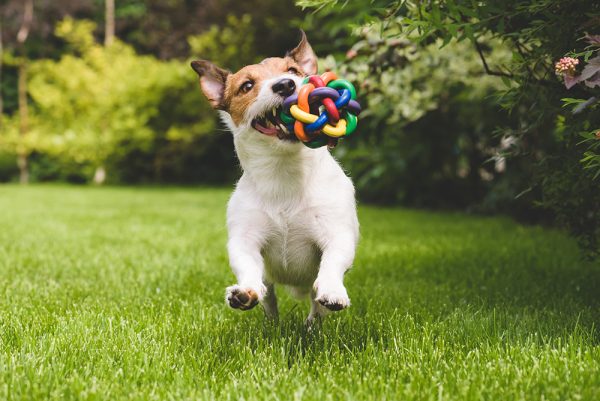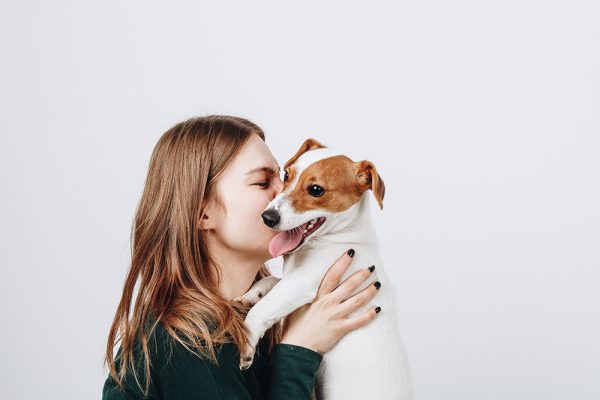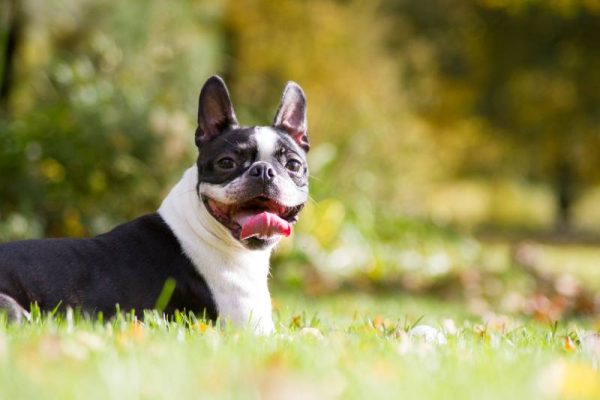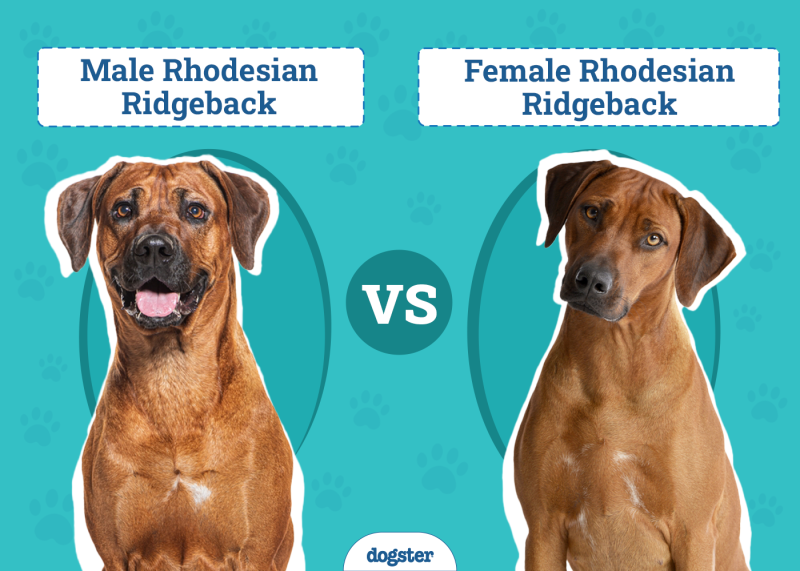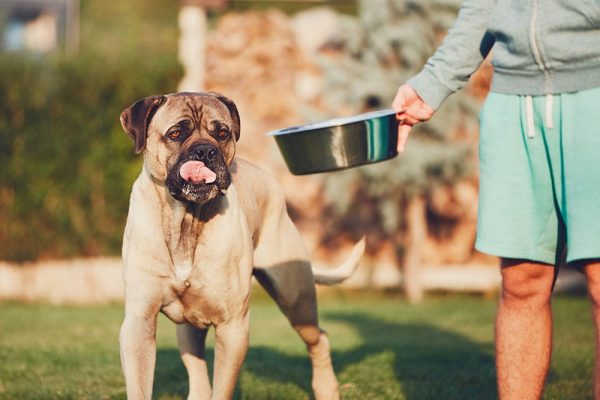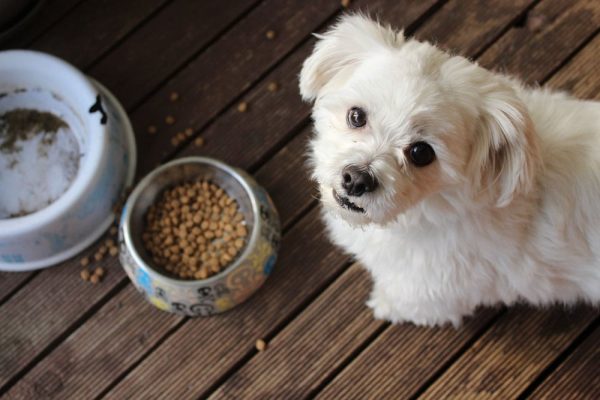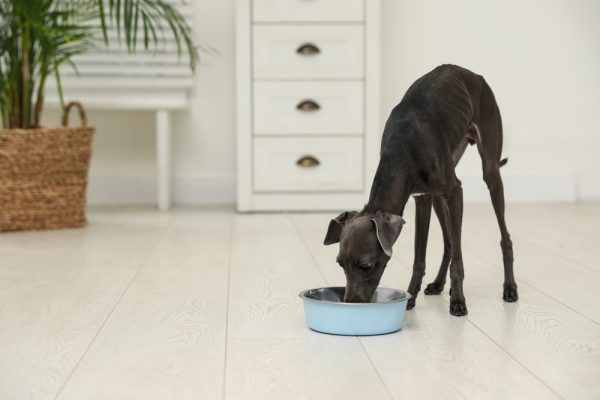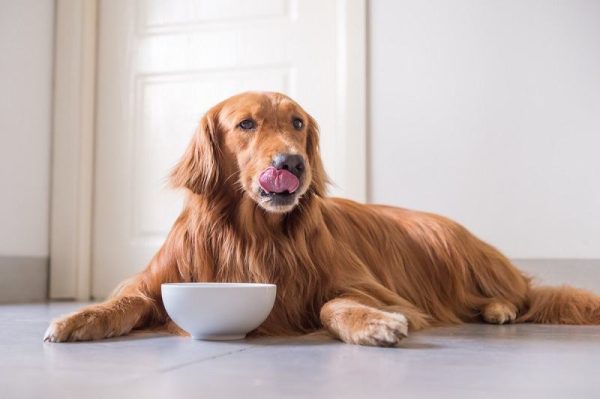In this article
View 3 More +Puppies are among the cutest creatures on Earth. They’re small, cuddly, and always ready to play. Other dogs are a puppy’s best friends, and they can have hours of fun together. From chasing each other around to playing fetch, puppies always find a way to have a good time. They bring happiness and laughter into our lives.
In every home, there are rules that the family must follow. The same goes for when you bring a new puppy home. Whether you have one dog or multiple dogs, it is vital to introduce them properly so they can learn to get along and co-exist peacefully. Usually, you can tell that playing went too rough when one of the puppies is trying to disengage. Fighting is an instinct for dogs, but with proper guidance and socialization from their owners, puppies can learn to play nicely with you, others, and other dogs.
 Why Puppies Play
Why Puppies Play
From the moment puppies open their eyes, they take in information about the world around them. Playing is an important part of this learning process. It allows puppies to explore their environment and learn how to interact with other dogs and people. Most puppies start playing around 3 weeks of age. This is when they are starting to get more mobile and are beginning to explore their surroundings. Puppies typically play by themselves at first, but they learn how to play together as they socialize more with other dogs and people.
Puppy playtime is important for socialization, physical development, and mental stimulation. It helps puppies learn about bite inhibition, appropriate levels of roughness, and body language cues. Puppies who don’t get enough playtime may end up being afraid or shy around other dogs and people.
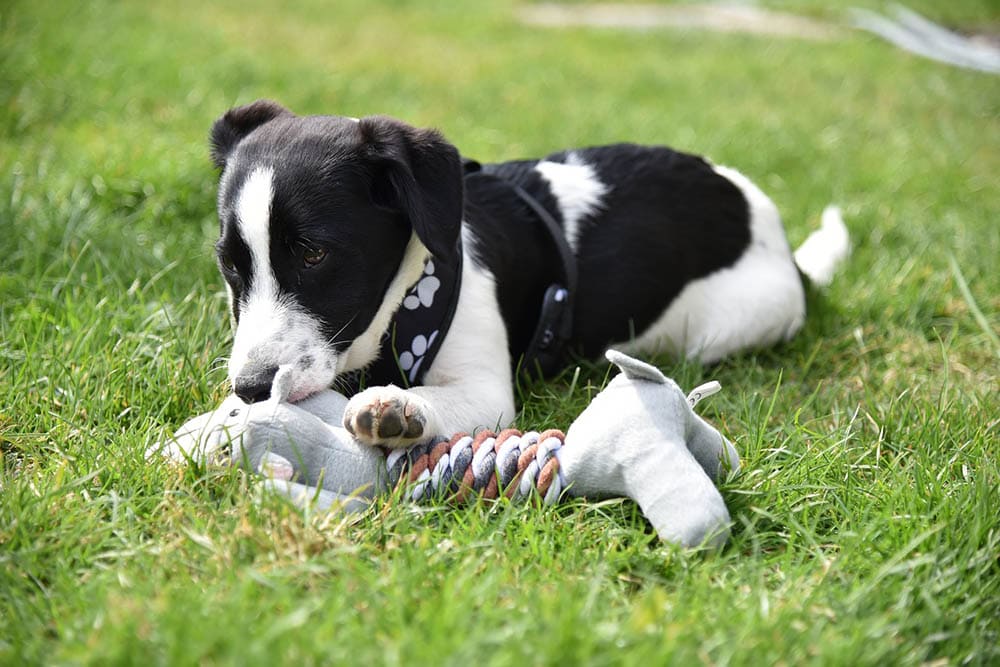
Signs That Puppies Are Playing
Puppies are so cute that it’s easy to forget they’re also animals with their own behaviors, including play. When you see your puppy playing, it can be tempting to join in or to try and stop them from getting too rowdy. But how can you tell if your puppy is genuinely playing or if they’re just being disruptive? The first thing to look for is your puppy’s body language. Is their overall posture loose and relaxed, and do they seem to enjoy the engagement? If so, then they are probably playing.
The second thing to look at is your puppy’s facial expression. Puppies having fun usually show it on their faces with soft expressions like a big-mouthed soft grin; they also tend to exaggerate their movements and look silly.
How Puppies Play
Dogs and puppies have developed a universal signal, like a handshake, that lets them tell another dog that what comes next is play and not something that will end up in a fight. This signal, the “play bow,” is initiated by one puppy who extends their paws in front, lowers their head, and raises their rear in the air. It is often preceded by a small bounce and a slap of the front paws on the ground leading directly into the play bow. Often, but not always, the play bow will be reciprocated by another dog. Once playtime has been agreed upon, the puppies are then free to play fight!
Puppy play includes a lot of rough and tumble, with growling, chasing, attacking, barging, and play biting. Puppies will take turns allowing themselves to be caught, falling, and lying on their backs to expose their vulnerable belly areas. Vocalization is very important, and exaggerated growling and snarling can sound scarier than the real thing. But the real sign that your puppy is having fun is that no matter what is happening to them, they keep getting up and going back for more.
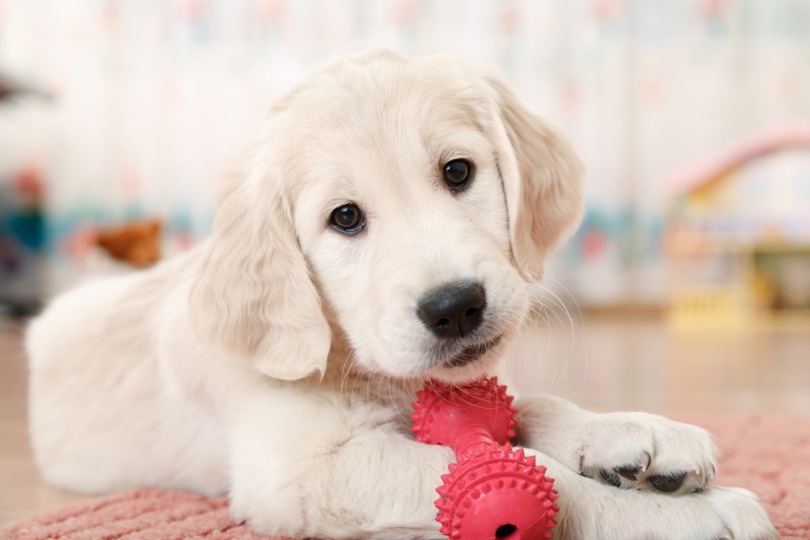

How To Play with Your Puppy
Your puppy will want to play with you whenever they are feeling energetic or bored. They may use the play bow and lots of jumping around to show you they are feeling playful. One of the easiest things to do is get on the ground, join in, and play wrestle with your dog. However, as nipping and biting are normal parts of puppy play, you must be careful. While it is a normal part of play, it can still hurt, and maybe you don’t want to teach your dog that it is okay to bite you!
What you can do instead is get your dog different toys for you to play with together.
Toys You and Your Puppy Can Play With
You can start playtime with your puppy by holding up a toy and offering it to them. Rope and tug toys are ideal for playing with your puppy. You can exaggerate your play and pretend to pull much harder on the toy than you are. Let your puppy win sometimes so they get the satisfaction and the self-esteem that comes from it.
If your puppy gets nippy while playing, you can redirect their attention with a chew toy. A chew toy will give your puppy a way to play with their mouth that doesn’t involve you. To reinforce this behavior, whenever your puppy accidentally bites you or your clothes, playtime is over. Get up and walk away. Your puppy will quickly learn that biting you is not part of playtime.
 Frequently Asked Questions
Frequently Asked Questions
When Do Puppies Grow Out of Play Fighting?
Playing is the key to lifelong happiness for your dog, but play fighting at the intensity that puppies engage in is not. When puppies engage in play fighting, they imitate the aggressive behaviors they may need to use as adults.
This play allows puppies to practice those behaviors in a safe and controlled environment. Puppies typically grow out of play fighting by the time they are 6 to 8 months old. While some adult dogs may still engage in play fighting, it is typically not to the same extent as puppies.
How Can I Tell if Puppies Play is Too Rough?
The clearest sign that puppy play has gotten too rough is that one dog will try to disengage and get away. It may actually be the bigger or older dog that wants to end it and get away because they are either tired of playing or have found that the younger dog is taking it too far and is missing the cues to calm down. You might also see displays of fear or discomfort, such as yipping or crying, or the hackles on their back standing up.
If you are in any doubt, break up the play and redirect the puppies to something else. If your puppy or dog is not in genuine distress, you will probably see that they want to re-engage with the play.

Conclusion
Puppies play for many reasons: to learn, to have fun, to burn off energy, and, of course, to relieve boredom. You can tell a puppy is playing through their body language and how they interact with you and their toys. Playing is characterized by exaggerated energetic behavior with loud sounds. For several months, your puppy will engage in lots of play fighting with biting and nipping. You can protect your hands when playing with a puppy by giving them a chew toy to keep their mouth occupied.
Featured Image Credit: tetiana_u, Shutterstock
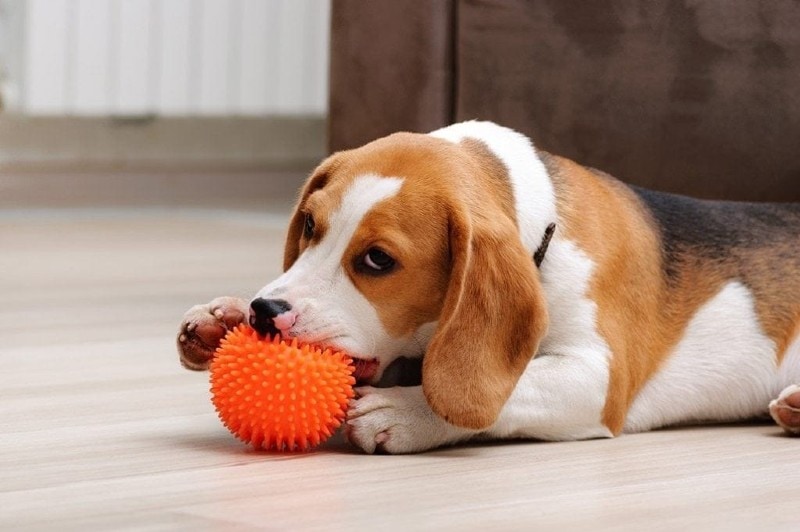
 Why Puppies Play
Why Puppies Play


